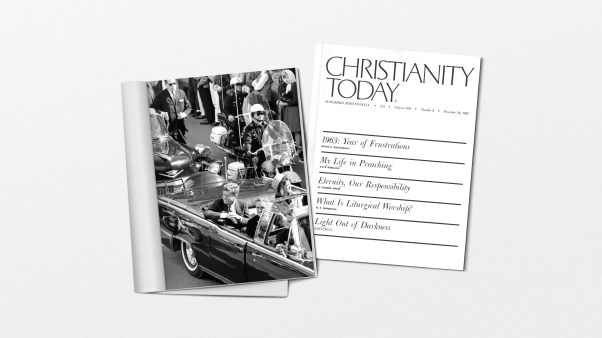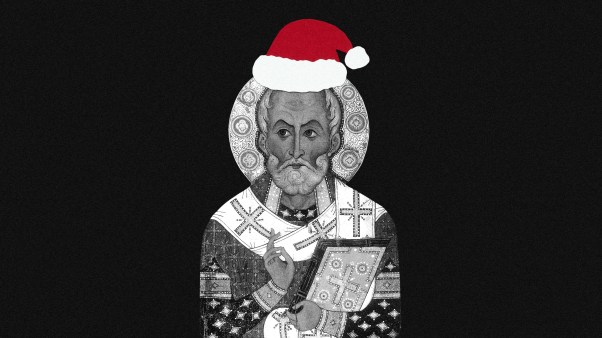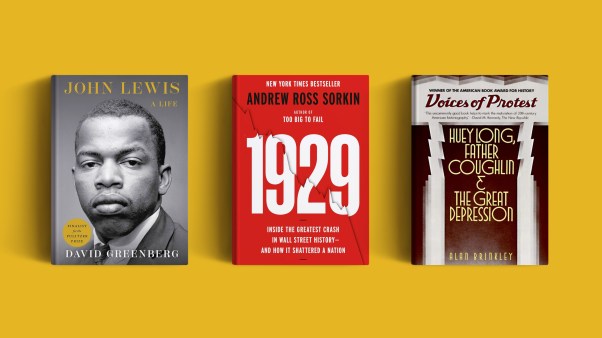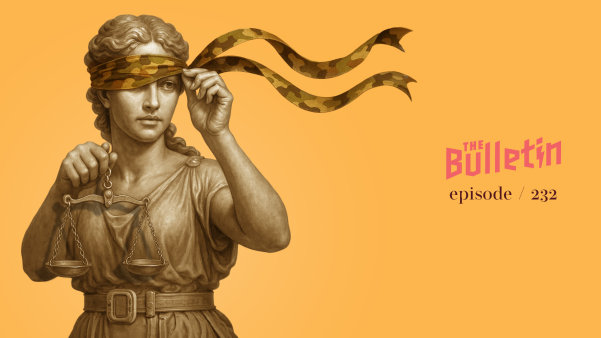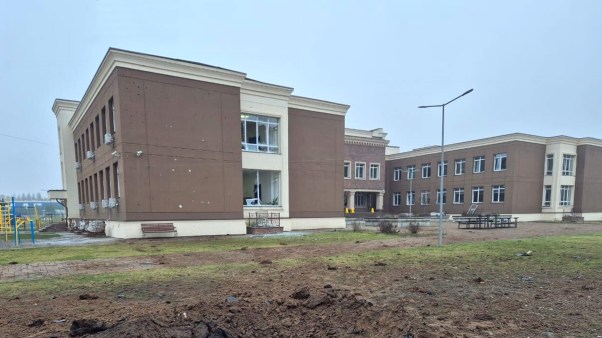Tired of Boston's roundabouts? Sick of weaving through L.A. traffic? Try navigating the streets of Jerusalem. Finding your way through the labyrinth of shops, museums, houses, churches, synagogues, and mosques that make up the Old City of Jerusalem is more than challenging. The alleys taking you from one "quarter" of the city to another are narrow, and—to the eye of the visitor—they wind aimlessly. Buildings tower over you, blocking out the sunlight. A riot of sounds and smells overwhelms your senses. Blood from the butcher's shop runs in the street, forcing you to watch your step. A shopkeeper corners you and insists that you're there to buy his merchandise. Priests process down the street, prompting you to abort your chosen path. Israeli soldiers stop you at checkpoints or route you a different way.
Navigating the diverse family trees that make up Christianity in the Middle East can be an equally frustrating experience. Many of these Christians claim roots that go back many generations—centuries, actually—and if you don't keep the master map in your mind's eye, expect that you'll lose your way. Separating out the Eastern Orthodox from the Catholics from the Protestants (the most recent arrivals) is one thing. But what distinguishes the Armenian Orthodox from the Armenian Catholic Church of Cilicia? Are the Copts Orthodox, Catholic, or something altogether different? Who are the Greek Melkites, and how does the Assyrian Church of the East come into the story?
Any one of these questions is fodder for serious scholarship. But Who Are the Christians in the Middle East? takes on all these and more. The task is enormous in scope—kudos goes to Betty Jane and J. Martin Bailey for even attempting it, and in only 200 pages. Yet the Baileys, who spent several years living in Jerusalem and traveling throughout the region, are well positioned to write this. Their connections with the Middle East Council of Churches, and their current positions with the Middle East Office of the Common Global Ministries Board and the Hartford-based interfaith project Faith Communities Today, ensure that they speak with credibility.
By necessity the book is a survey, a Who's Who that will satisfy your initial curiosity but leave you wanting more. Don't try to read it in one sitting—start with the introductory historical essays by David Kerr, renowned professor of World Christianity at the University of Edinburgh, and Riad Jarjour, general secretary of the Middle East Council of Churches. Then, as your fancy takes you, explore the byways as you visit each "quarter" of the Christian family (Catholic, Protestant, Eastern Orthodox, Oriental Orthodox). You'll find plenty of surprises in unexpected corners.
Take, for example, the origins of the Eastern Orthodox Church. Did you know that the Orthodox revere the apostle Andrew as much as Roman Catholics revere Peter? According to tradition, Andrew founded the Eastern church in Byzantium in A.D. 36, and the current Orthodox patriarch is Andrew's 270th successor. Think Oxford's collection of Christian documents and artifacts has the edge on archives worldwide? The Greek Orthodox library in Alexandria, Egypt (a city once unequaled in the Roman Empire for its intellectual power, not to mention being the home of eminent theologians like Origen) has over 30,000 books dating to the ninth century. Pleased with yourself for completing two days of fasting? Egyptian Copts are expected to fast 210 days out of every year.
This fact-filled volume excels in its accessibility. The Baileys pack in so much information, however, that it's sometimes difficult to follow. For example: "In ancient times, Lebanon was famous for its wood (especially cedar) and for iron and copper. It was the home of Phoenician traders who sailed the then-known world." Next sentence, with no paragraph break: "During the Ottoman Empire and continuing until the present, the several religious communities were assigned responsibility for legal issues (including marriage and inheritance) within their own groups." The lack of transition is a bit jarring, but to be fair, the Baileys aren't trying to craft a master narrative. As they explain in their introduction, "We know that while some will read this book in its entirety, others will use it as a reference book to 'look up' a particular church, country, or holy site."
The true strength of this survey is that it gives students of Middle Eastern Christianity more than one navigation tool to work with. If the Baileys' section identifying each branch (and sub-group) of Christianity in the Middle East leaves your head spinning, the authors break it down by country or region—a compass I found easier to use. Add to that the essays in the front, and you're sure to come away with a deeper understanding of and appreciation for the major, if not minor, churches that make up Christianity there.
This book won't clear up all your questions; you may indeed finish it and find yourself still disoriented. But you will at least learn to identify landmarks along the way. And that's not a bad way to start your journey.
Copyright © 2005 Christianity Today. Click for reprint information.


